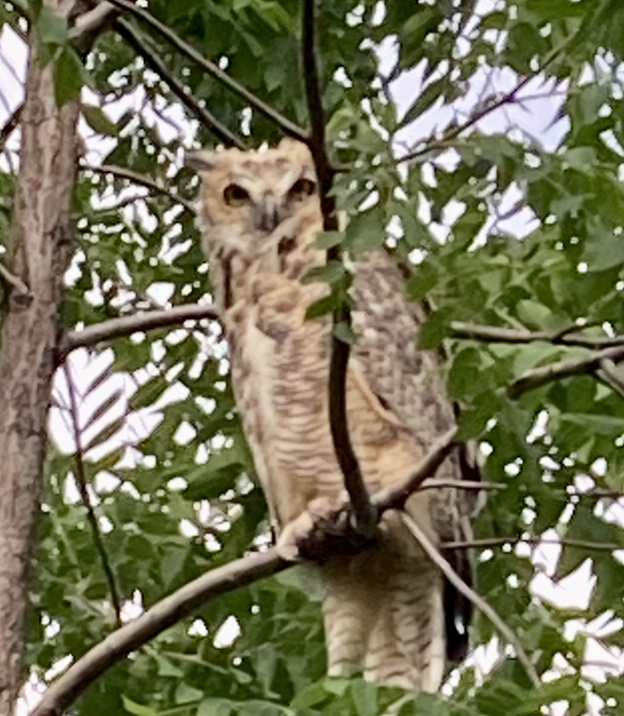- Home
- About
-
Books
- Wisdom for Living: learning to follow your inner guidance
- Terranautics 101: the basics for navigating an uncertain future
- Living in the Power Zone: How Right Use of Power Can Transform Your Relationships
- stories i remember: my pilgrimage to wisdom
- wising up: a youth guide to good living
- wisdom: daily reflections for a new era
- a world treasury of folk wisdom
- Blog
- Other Services
|
When I asked the new A.I.-powered Bing search engine what owls were, scientifically speaking, here’s some of what it spit out a second later: “Owls are birds from the order Strigiformes, which includes over 200 species of mostly solitary and nocturnal birds of prey typified by an upright stance, a large, broad head, binocular vision, binaural hearing, sharp talons, and feathers adapted for silent flight. . . . They are known for their upright posture, significant, broad head, excellent vision and hearing, silent flight, camouflage, sharp talons, and hooked beak.” But when we ask what these unique birds are known for, world cultures have answered differently... Most familiar to us in the West, of course, is that they symbolize wisdom. Every child knows the expression “the wise old owl.” Apparently, this idea stems from ancient Greece, where the bird was the animal companion of and stood for the goddess of wisdom, Athena. Later, in classical Rome, it was associated with the goddess Minerva, where in addition to wisdom, it symbolized healing, the arts, and intuition. Yet when I started writing books about practical wisdom in the early 1990s, I was caught up short when a friend from the People’s Republic of China, then the world’s most populous country, told me that in his country owls represented stupidity. Moreover, in the current number-one country by population, India, Bing tells me that the bird stands for “foolishness, ugliness and misfortune.” Oy, as my people would say.
Adding insult to injury, the silent flier back in ancient Egypt was considered the guardian of the underworld where it oversaw the suffering of souls being punished for seeking revenge against others while they were alive. Closer to this idea, the owl signifies death and darkness in North American indigenous cultures. This is something I learned some decades ago when I read Margaret Craven’s 1980 book set in an indigenous village in British Columbia, I Heard an Owl Call My Name—not something one would necessarily want to have happen. All of which brings me to an owl visitation my wife, Cedar, and I experienced on July 4th, 2022, America’s Independence Day. As you’ll see in the picture below, a Great Horned Owl came to a black walnut tree in our backyard and perched there for about five hours without moving anything except its eyes and hardly even that. Now this tree was immediately behind our back deck and a mere ten feet from the door leading out to the deck. As it happened, we’ve heard owls from our bedroom at night and have even seen them perched on other people’s roofs in the neighborhood. But to have this one right here, so close to us and seemingly so unafraid was a wonder. We were fascinated. Then, well before dark it left as silently as it had come. Now, over a year later as I write these words, I’m still asking myself what that visitation might have meant. Obviously, I’m hoping for the best.
0 Comments
Leave a Reply. |
|

